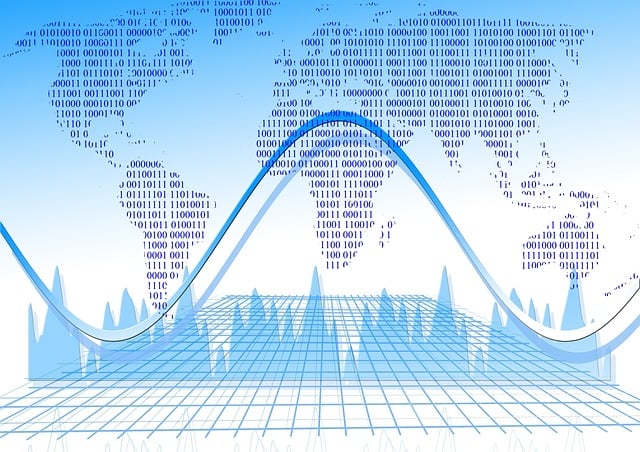
Mastering Data Tools: An In-Depth Exploration
This article delves into the intricacies of key data tools and their applications, emphasizing their importance in the data-driven world.
# 1. **Understanding Data Tools: An Overview**
Data tools are software and platforms that collect, process, analyze, and visualize data. They are essential for data mastery, focusing on data collection, preparation, visualization, and analysis. Platforms like Google Analytics gather web-based data, while tools like Alteryx transform raw data. Tableau and Power BI create interactive dashboards, while Python and R offer statistical analysis and machine learning libraries.
# 2. **Data Collection Tools: Capturing Raw Data**
Data insight starts with data collection, requiring robust tools to gather accurate and relevant information. Tools like Google Analytics, Apache Nifi, and Talend offer detailed insights into website traffic and user behavior. Brandwatch and Sprout Social enable real-time user conversations and feedback analysis. Survey tools like SurveyMonkey and Qualtrics collect qualitative and quantitative data directly from users. The effectiveness of these tools depends on their ability to handle large volumes of data, ensure data integrity, and adapt to various data sources. Mastering these tools requires understanding their configuration, data pipelines, and compliance with data privacy standards.
# 3. **Data Preparation Tools: Cleaning and Transforming Data**
Once data is collected, the crucial step of data preparation begins. This involves cleaning, transforming, and organizing data into a suitable format for analysis. Data preparation tools like Alteryx, Talend, and Trifacta Data Wrangler stand out in this space, providing intuitive interfaces for data wrangling. These tools are equipped with features that allow users to automate the detection and correction of data errors, such as duplicates, missing values, and inconsistent data formats. Alteryx, for example, offers end-to-end data preparation and blending capabilities without the need for complex coding, making it accessible to both technical and non-technical users. Trifacta specializes in intelligent, algorithm-driven approaches to identify data inconsistencies and suggest cleaning strategies. Additionally, OpenRefine, an open-source tool, is favored for its extensive range of functions to manipulate and transform large datasets. The mastery of data preparation tools involves not just technical proficiency but also an understanding of the data itself—its sources, quality issues, and the requirements of subsequent analysis steps. Effective data preparation ensures that analysts and data scientists spend less time on data wrangling and more on deriving actionable insights.
# 4. **Data Visualization Tools: Bringing Data to Life**
Data visualization is a crucial aspect of data analysis, transforming raw data into visual stories that facilitate understanding and insight. Tools like Tableau, Power BI, and D3.js have revolutionized the way data is represented. Tableau is renowned for its user-friendly interface and powerful capabilities in creating interactive and shareable dashboards. Users can easily drag and drop fields to generate sophisticated visualizations without extensive coding knowledge. Power BI, an offering from Microsoft, integrates seamlessly with other Microsoft services, enabling robust data reporting and real-time dashboarding. On the other hand, D3.js offers unparalleled flexibility in creating customized, web-based visualizations through JavaScript, catering to more technically inclined users. Effective use of these tools requires a keen understanding of which types of visualizations suit different data sets and audience needs. Mastering data visualization involves not only technical skills in using these tools but also an artistic sense of design to present data in an engaging and informative manner. By doing so, data professionals can communicate complex data insights clearly and compellingly, ultimately aiding strategic decision-making.
# 5. **Data Analysis Tools: Extracting Insights**
At the heart of data science lies the ability to analyze data and extract actionable insights. Data analysis tools like Python, R, SAS, and SQL are indispensable in this regard. Python, with its extensive libraries such as Pandas, NumPy, and Scikit-learn, is a favorite in the data science community for performing a wide range of data analyses and building machine learning models. R, another popular tool, is particularly strong in statistical analysis and visualization through packages like ggplot2 and dplyr. For enterprise-level analytics, SAS provides a comprehensive suite of tools for advanced analytics, multivariate analysis, business intelligence, and predictive analytics. SQL remains a foundational skill for querying relational databases, allowing analysts to retrieve and manipulate data efficiently. Mastering these tools involves understanding the nuances of data exploration, statistical methods, and machine learning algorithms. Analysts must also develop the ability to communicate their findings effectively, ensuring that insights derived from data are understood and acted upon by stakeholders. Mastery in data analysis tools ultimately empowers professionals to unlock the full potential of data, driving innovations and informed decision-making across industries.
